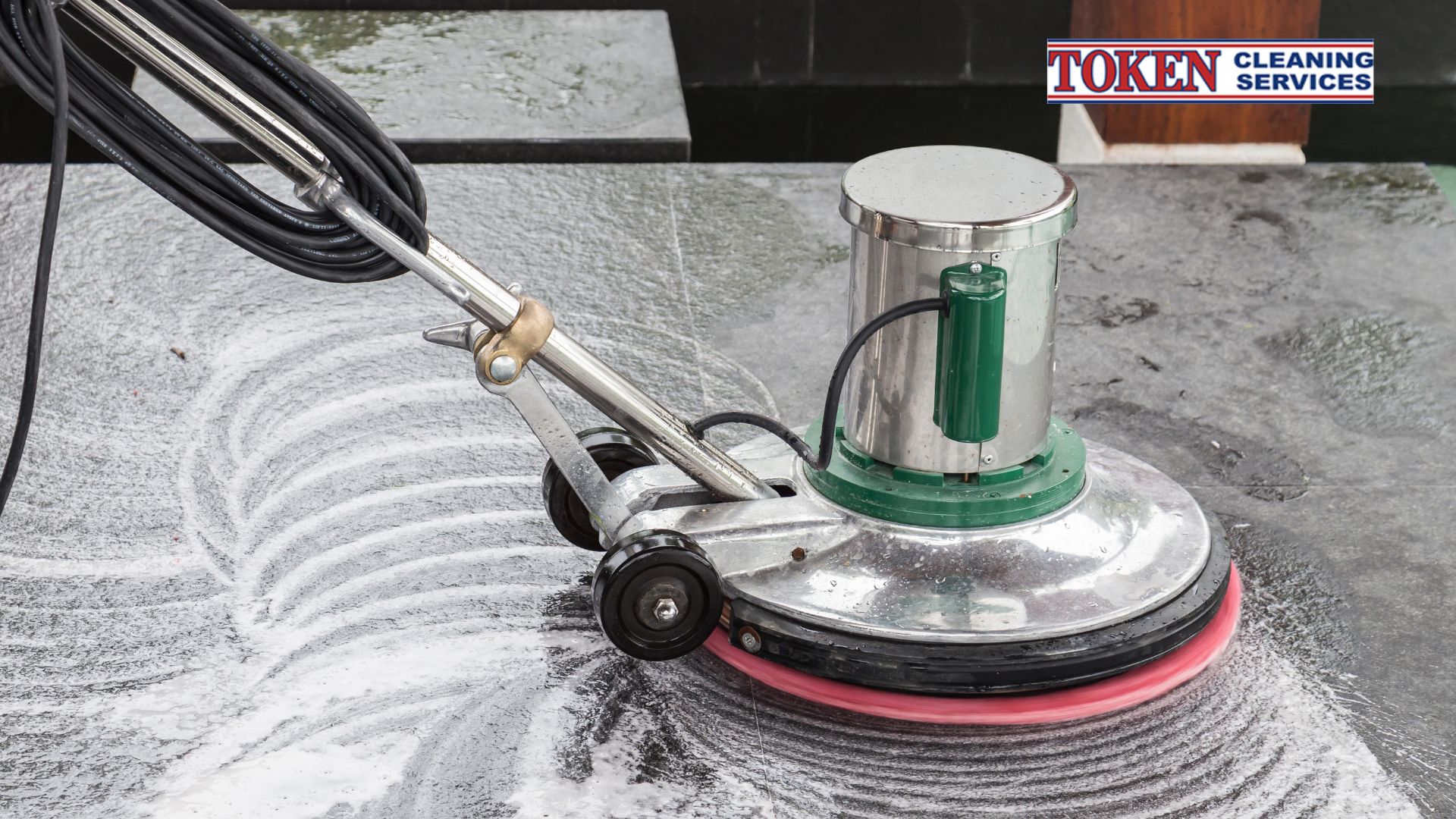Graffiti art is a captivating yet controversial form of self-expression that adorns urban landscapes across the globe. The vibrant colours, bold lines, and often cryptic messages elicit strong reactions from viewers. While some see graffiti art as a vibrant form of artistic expression, others view it as a nuisance and act of vandalism. As a company specialising in graffiti removal services, Token Cleaning has a unique perspective on this ongoing debate. Let’s delve deeper into the complexities of graffiti art, exploring its artistic merits while acknowledging its potential drawbacks.
The Case for Graffiti as Art
There’s no denying that some graffiti displays exceptional artistic talent and creativity. Talented artists skillfully manoeuvre spray cans and brushes, creating intricate designs and powerful imagery on walls, bridges, and even trains. Renowned graffiti artists like Banksy and Shepard Fairey have gained international recognition, showcasing the artistic potential of this medium and blurring the lines between street art and fine art.
Graffiti art often serves as a voice for the voiceless, providing a platform for social commentary, political statements, and cultural expression. It can enliven otherwise drab urban spaces, adding a touch of colour and personality to concrete jungles. Some graffiti pieces even become iconic landmarks, attracting tourists and generating a sense of community pride.
Over time, graffiti has evolved from its humble beginnings as illicit tags on subway cars to a recognized art form. Many cities now embrace street art through sanctioned murals and dedicated graffiti zones, providing a legal canvas for artists to showcase their talents. This shift towards acceptance demonstrates a growing appreciation for the artistic value of graffiti, even as the debate over its legality continues.
The Case for Graffiti Art as Vandalism
Despite its artistic potential, graffiti can also be a source of frustration and expense for property owners. Unauthorised graffiti, especially when it covers private property or historic landmarks, can be seen as a form of defacement and disrespect. The cost of removing graffiti can be substantial, burdening businesses, local councils, and even homeowners.
Beyond the financial impact, graffiti can also contribute to a sense of urban decay and neglect. When buildings and public spaces are covered in graffiti, it can create a perception of lawlessness and undermine community pride. This can lead to a decrease in property values and deter investment in affected areas.
In some cases, graffiti can also pose safety concerns. Tags or murals on road signs or traffic signals can obscure visibility, creating hazards for drivers and pedestrians. Furthermore, excessive graffiti in certain areas can create a sense of fear or insecurity, particularly if the messages are threatening or offensive.
The Grey Area: Where Art and Vandalism Intersect
The line between graffiti as art and graffiti as vandalism is not always clear-cut. Several factors come into play, creating a grey area that fuels the ongoing debate.
One key distinction lies in the difference between street art and graffiti. Street art is typically commissioned or sanctioned by property owners or local authorities, while graffiti is often done without permission. However, even within these categories, there can be overlaps and exceptions. Some street art may incorporate elements of unsanctioned graffiti, and some graffiti artists may create pieces on abandoned buildings or in designated areas.
The artist’s intent and the context of the graffiti also play a role in how it is perceived. A piece that conveys a positive message or raises awareness for a social cause may be viewed more favourably than one that is simply a tag or a meaningless scrawl. However, even with good intentions, unauthorised graffiti on private property can still be considered vandalism.
The Role of Graffiti Removal Services
As a company specialising in graffiti removal, Token Cleaning understands the importance of maintaining clean and safe communities. We recognize that unauthorised graffiti can be a blight on businesses, public spaces, and private property. Our services play a vital role in restoring the beauty of these spaces and removing visual pollution.
We employ eco-friendly and effective methods to remove graffiti from various surfaces, ensuring minimal impact on the environment. Our skilled technicians are trained to tackle even the most stubborn graffiti, leaving surfaces clean and restored.
Balancing Artistic Expression and Respect for Property
The debate over whether graffiti is art or vandalism is complex and multifaceted. It’s clear that graffiti can be a powerful form of artistic expression and cultural commentary. However, it’s equally important to respect private property and seek permission before engaging in any form of artistic expression that might impact others.
At Token Cleaning, we appreciate the artistic value of sanctioned graffiti and admire the talent of many street artists. However, we also recognize the negative impact that unauthorised graffiti can have on communities and property owners.
We encourage aspiring graffiti artists to find legal avenues for their creativity, such as participating in sanctioned murals or creating art on their own property. By fostering a spirit of collaboration and respect, we can create a more vibrant and inclusive urban landscape where art and community can coexist harmoniously.














